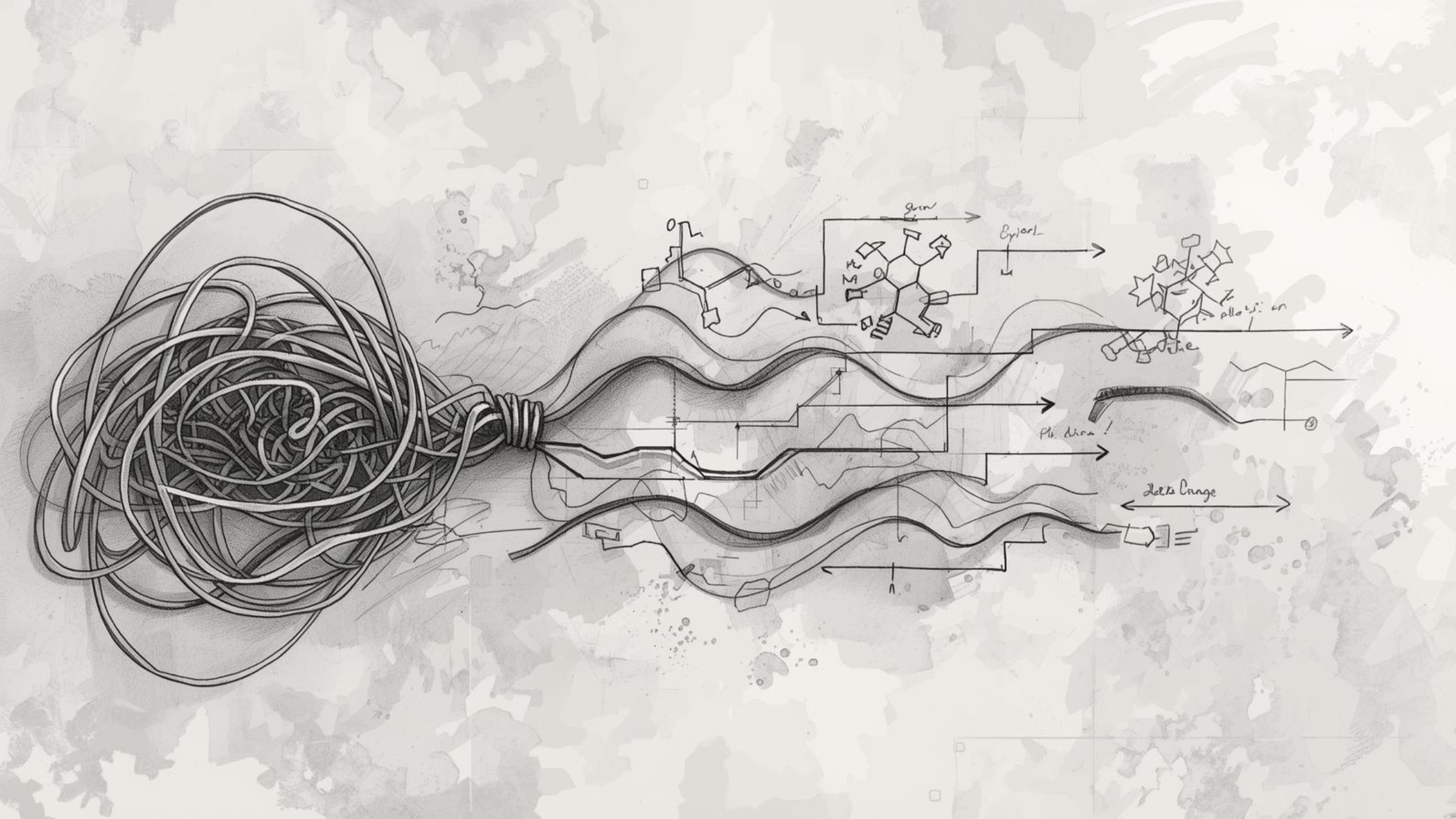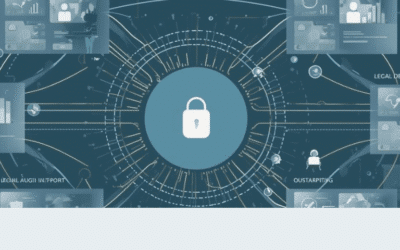
SAKET BIVALKAR
Saket’s focus is on helping organisations to become flexible and adaptive, while emphasising that people in the organisation grow as well. His experience includes working with a range of organisations from large, complex global enterprises to small entrepreneurial start-ups.
Chapter 7: Integration Management Office and Governance
Post-merger integration or Complex transformation, the risk of strategic drift, missed synergies, and execution fatigue is high. The establishment of a well-defined Integration Management Office (IMO) and governance structure becomes the anchor that brings clarity, discipline, and velocity to the integration effort.
This chapter offers a comprehensive framework to establish and operate an IMO that serves as the coordination hub, execution engine, and monitoring mechanism for post-deal or strategic transformation success. It also introduces the foundational governance principles that ensure accountability, decision rights, and alignment across the enterprise.
7.1 Establish the IMO and Governance Structure
The Integration Management Office (IMO) should be the formal nerve center of the integration process—acting as both a strategic orchestrator and a hands-on delivery body.
Key principles:
-
Define IMO leadership with clear authority and neutrality
-
Appoint functional and cross-functional integration leads
-
Set cadence for integration team stand-ups, governance meetings, and escalation protocols
Governance must include:
-
Decision rights and escalation pathways
-
Issue resolution mechanisms
-
Defined integration KPIs and reporting cadence
✅ Deliverables:
IMO Charter with Role Matrix
Integration Governance Framework and Reporting Calendar
Stakeholder Accountability Map
7.2 Develop the Integration Plan
A successful integration demands more than a project plan—it requires a living roadmap that balances speed, sequencing, and strategic alignment.
We develop:
-
End-to-end integration roadmap aligned with Day 1, 100-day, and 12-month milestones
-
Workstream-specific charters and dependency maps
-
Risk mitigation plans embedded into planning
Special focus is placed on the integration interdependencies across systems, processes, people, and culture.
✅ Deliverables:
Integration Masterplan and Timeline
Milestone Sequencing Map
Workstream Briefs with Risk Identification
6.3 Categorising and Prioritising Gaps
Not all gaps are equal. Some are urgent and block execution. Others are important but manageable. We categorise gaps based on three lenses:
-
Impact on Business Objectives
-
Will this gap delay synergy capture, value creation, or go-to-market execution?
-
-
Readiness and Feasibility of Resolution
-
How easy is it to address this issue within current bandwidth and resources?
-
-
Risk to People or Reputation
-
Does this gap cause cultural anxiety, attrition risk, or disengagement?
-
Using a structured prioritisation matrix, we classify integration gaps into:
-
Critical – Must be resolved pre-Day 1 or in early Day 100
-
Strategic – Essential to medium-term success; included in change roadmap
-
Tactical – Can be addressed over time or by function-level action plans
✅ Deliverable:
- Integration Gap Prioritisation Matrix (Urgency × Impact)
7.3 Monitor Integration Progress
Execution without feedback is blindness. The IMO must lead a disciplined process of tracking integration performance—across milestones, synergy capture, employee engagement, and stakeholder satisfaction.
This includes:
-
Weekly integration dashboards
-
Qualitative pulse checks from business leads
-
Red-flag and issue-resolution trackers
The monitoring framework should be both quantitative (KPI-driven) and qualitative (sentiment-based) to provide a real-time pulse of the integration effort.
✅ Deliverables:
Integration Dashboard (KPIs, Timeline, Risks)
Issue Tracker and Resolution Log
Leadership Review Cadence
7.4 Implement Performance Management Systems
As transformation unfolds, it is critical to embed performance mechanisms that reinforce integration objectives and behavioural alignment.
We assess and introduce:
-
Post-integration scorecards at business unit and leadership level
-
Realignment of performance incentives
-
Cascading OKRs or balanced scorecards linked to strategic goals
These systems are essential for holding leaders and teams accountable to the integrated strategy while sustaining momentum.
✅ Deliverables:
Post-Integration Performance Scorecard
Incentive Plan Realignment Overview
OKR Alignment Framework
7.5 Conduct Post-Integration Review
No integration is complete without reflection, learning, and institutionalisation of best practices. The Post-Integration Review (PIR) captures what worked, what didn’t, and what can be systematised for future transformations.
It includes:
-
Post-mortem analysis by workstream and leadership
-
Lessons learned workshops
-
Capability gaps identified and closed
We encourage converting PIR findings into an internal playbook or transformation handbook to codify integration capability within the organisation.
✅ Deliverables:
Post-Integration Review Report
Lessons Learned Summary
Future-State Maturity Assessment
Conclusion
The Integration Management Office (IMO) is not just a program office—it is the engine room of post-deal value creation.
With rigorous planning, agile execution, and responsive governance, organisations can convert integration from a risk into a strategic capability.
This chapter provides the operating backbone needed to ensure integration is not just completed, but mastered.
Purpose-Led Digital Transformation: Why Change So Often Turns Into Chaos
Why most transformations fail and how purpose-led leadership, people-centric design, and digital twins prevent expensive chaos and create lasting change.
88% of Organisational Transformations Fail
Only 12% of organisational transformations succeed. Learn why 88% Organisational Transformations fail and how to design change that sticks in strategy, leadership and culture.
Why Auditable, Human-Governed AI Agents Matter Now
Learn why AI agents must be auditable and governed. Discover how leading enterprises are evolving their operating models for AI at scale.





